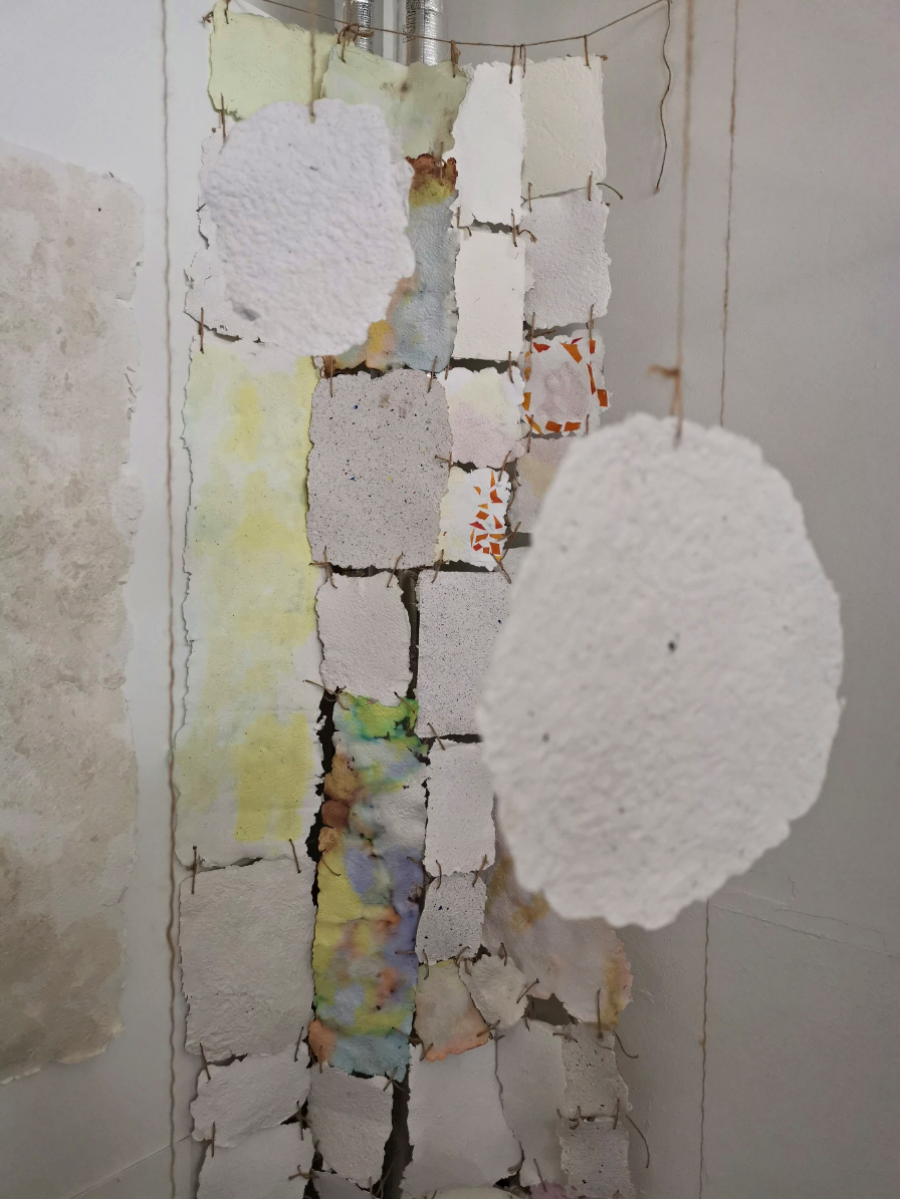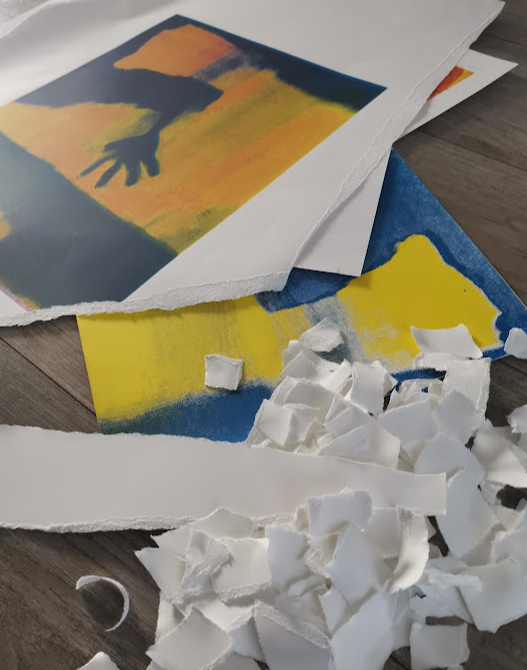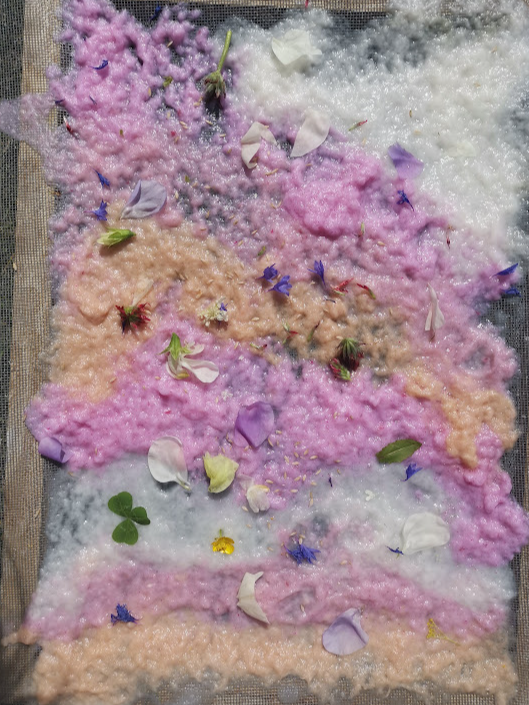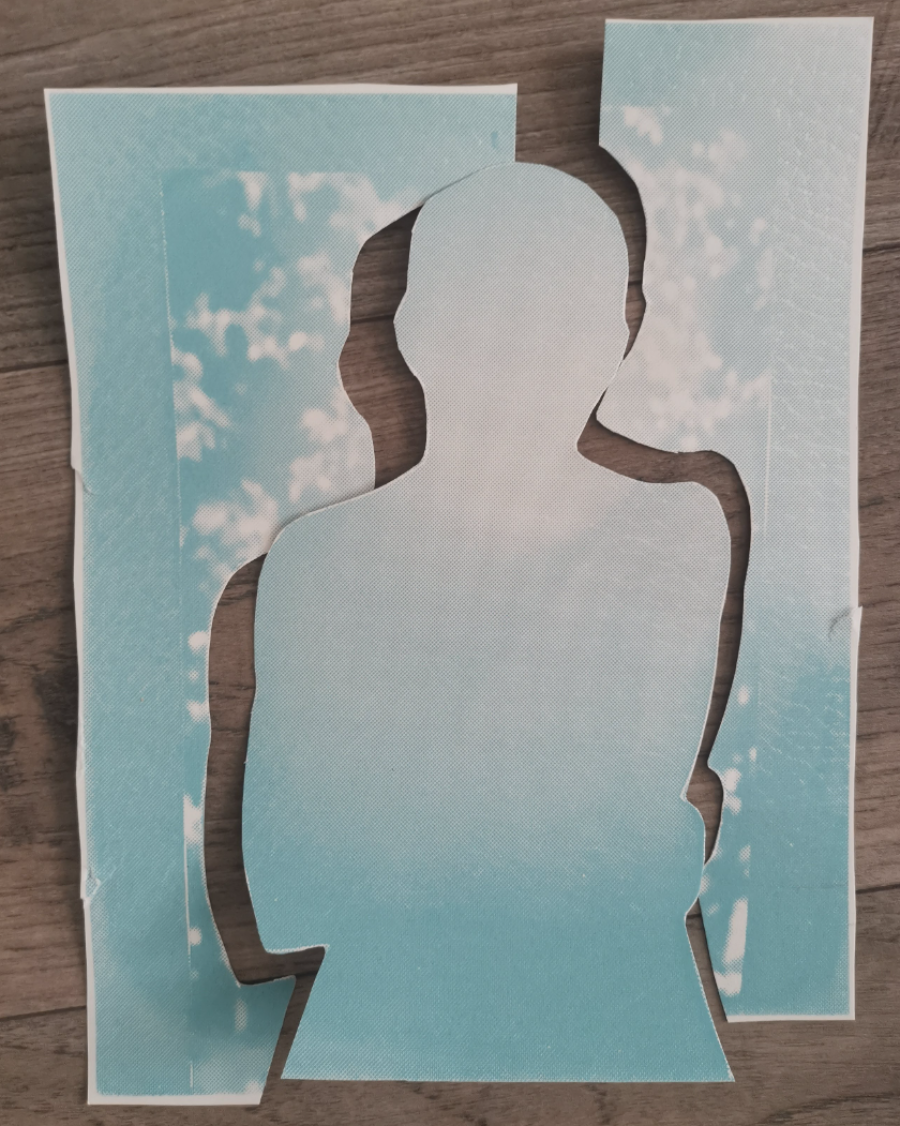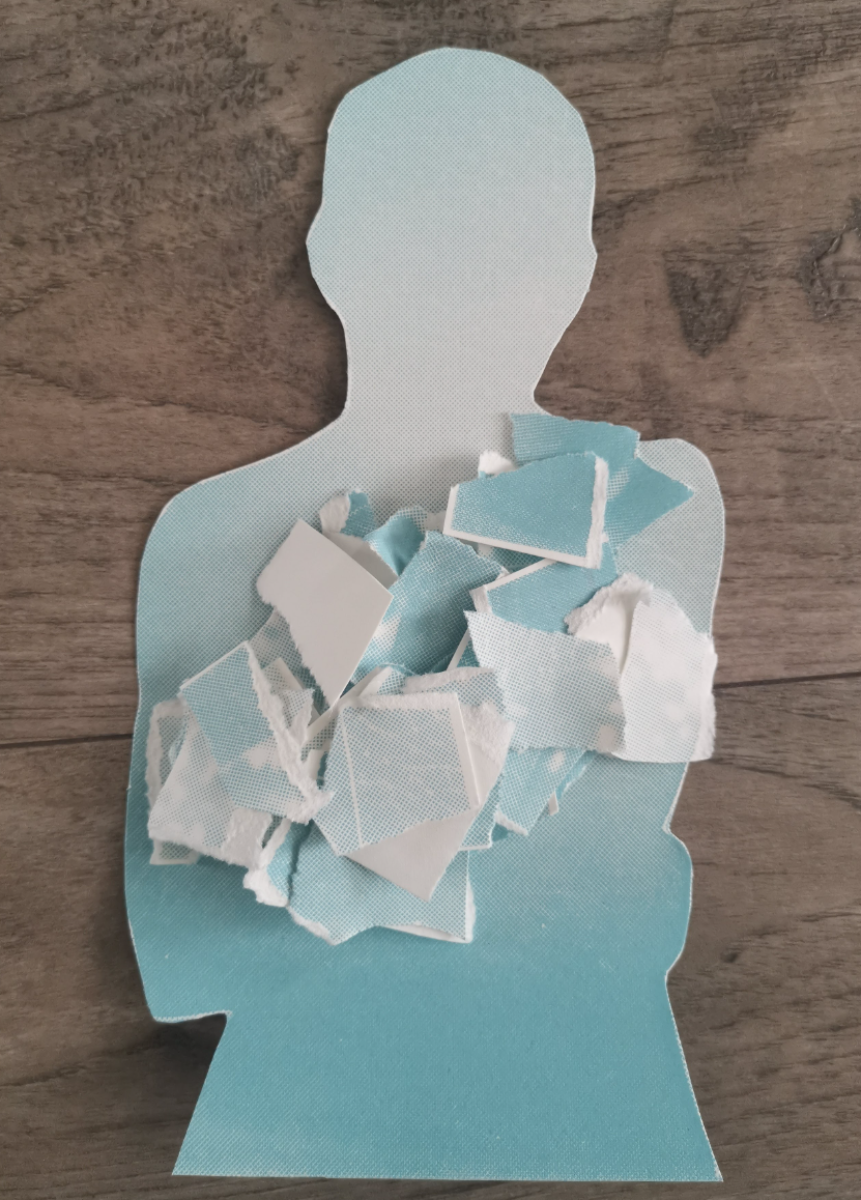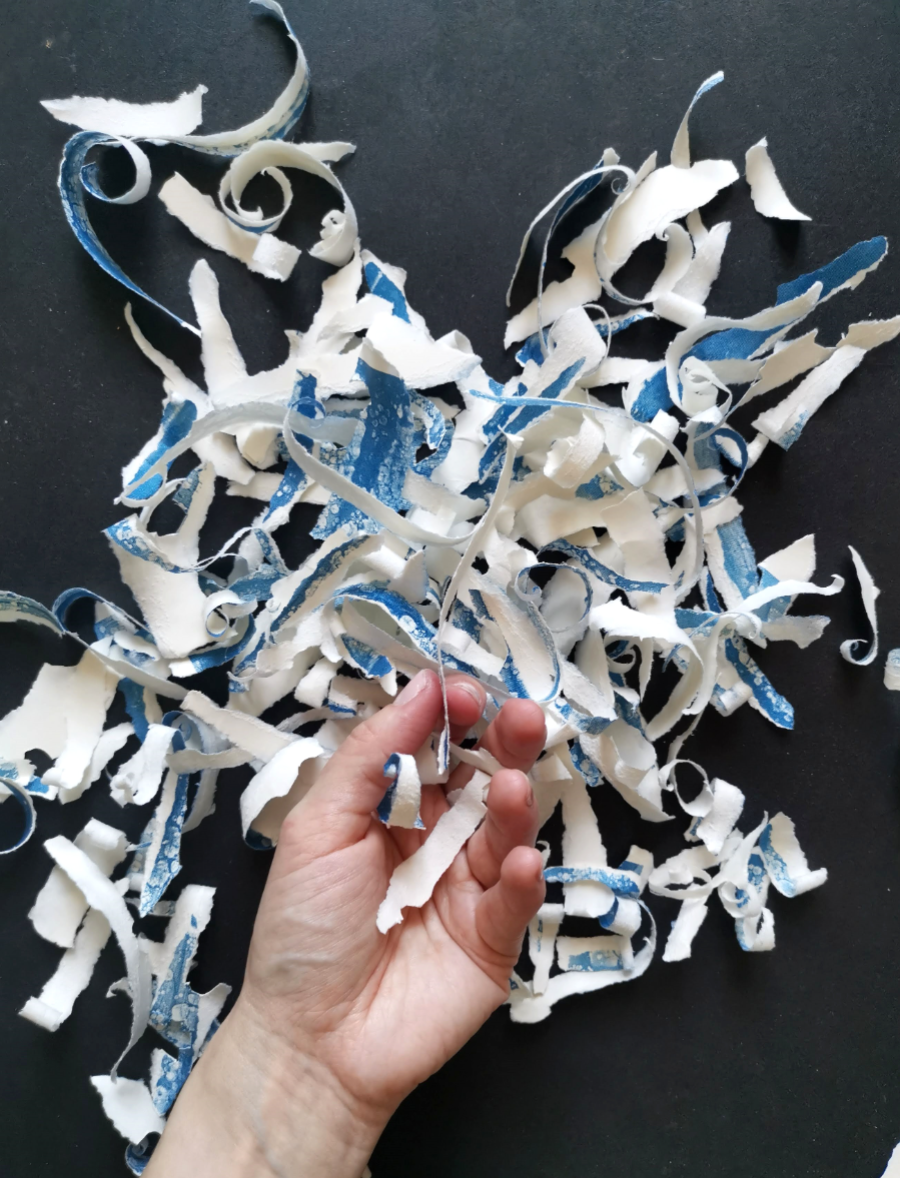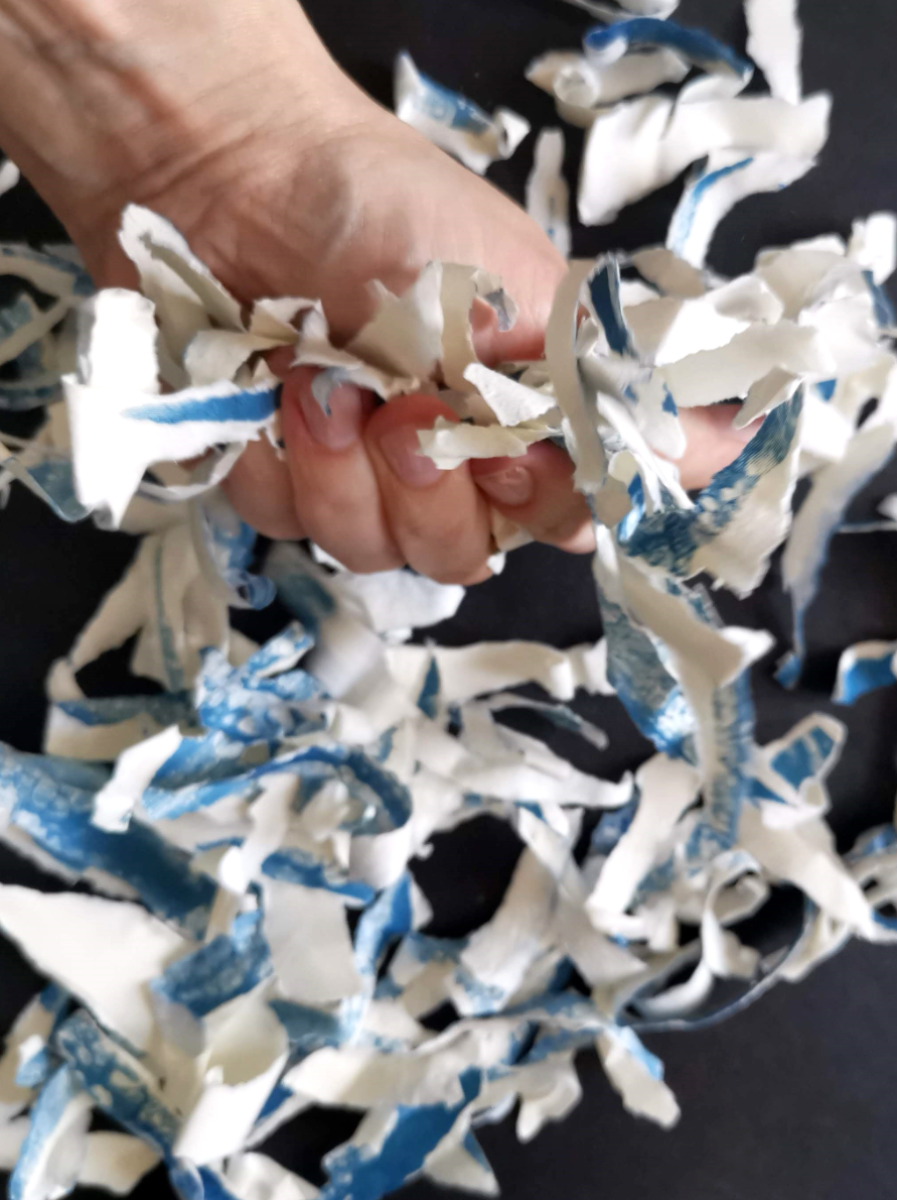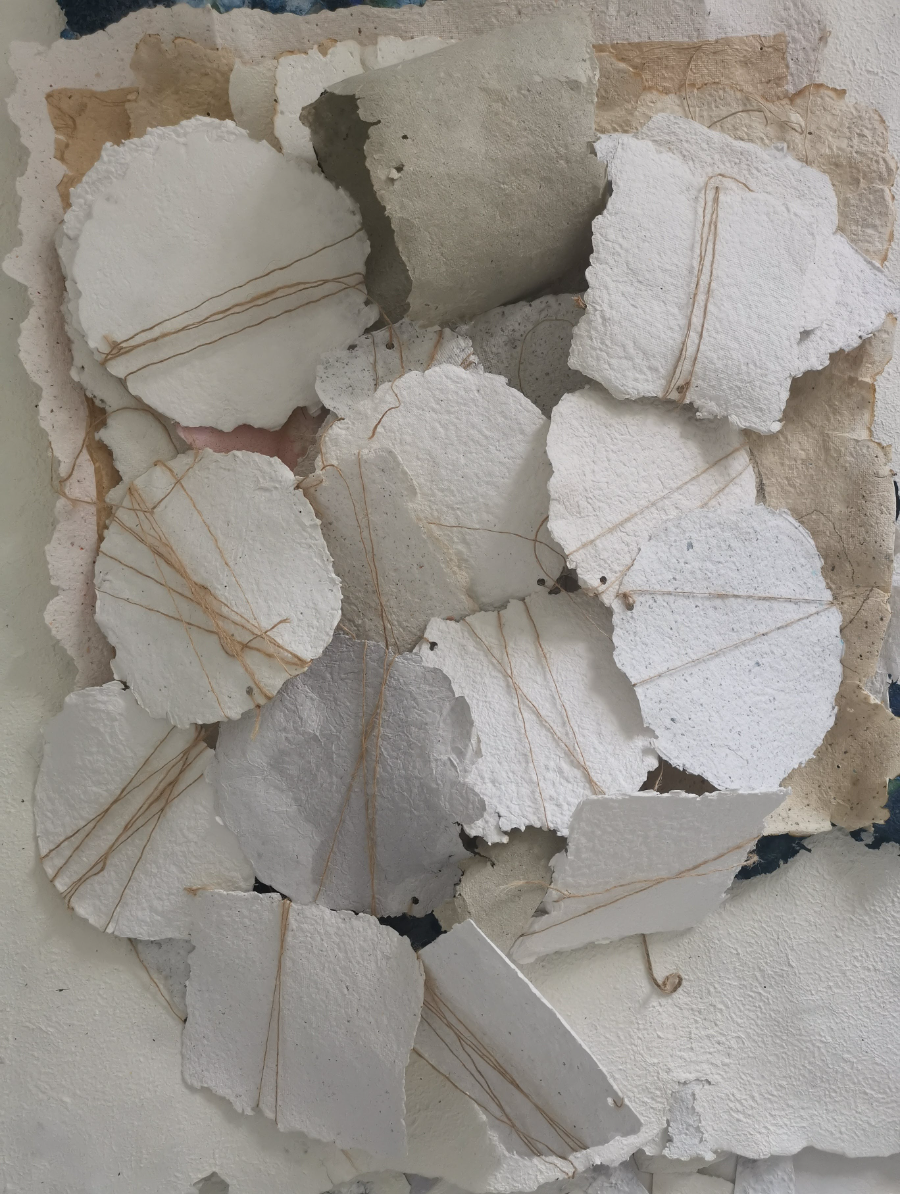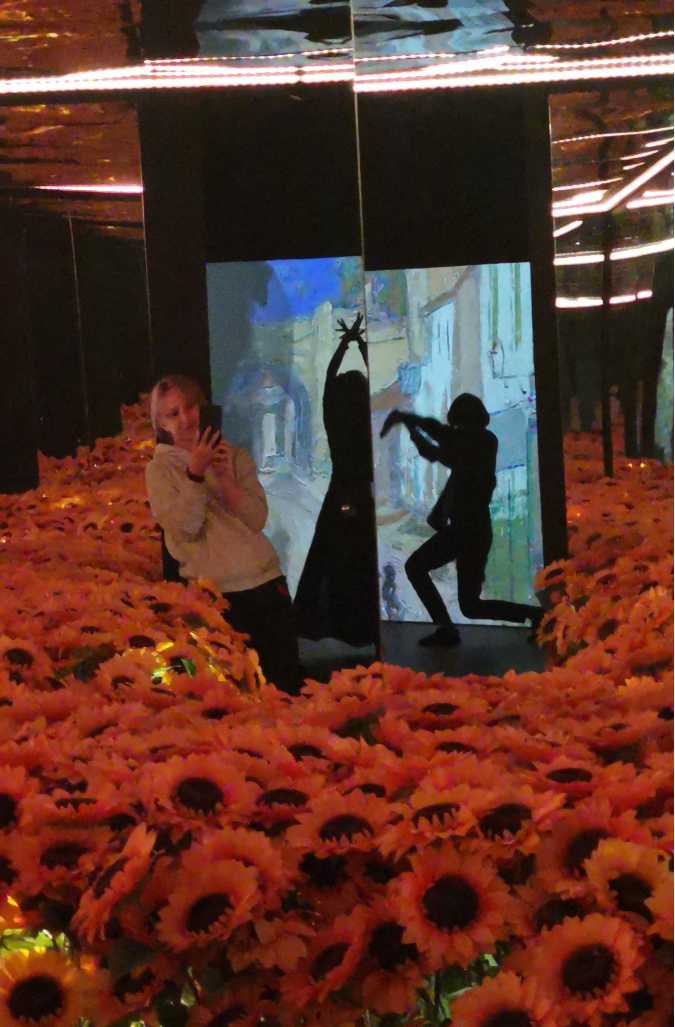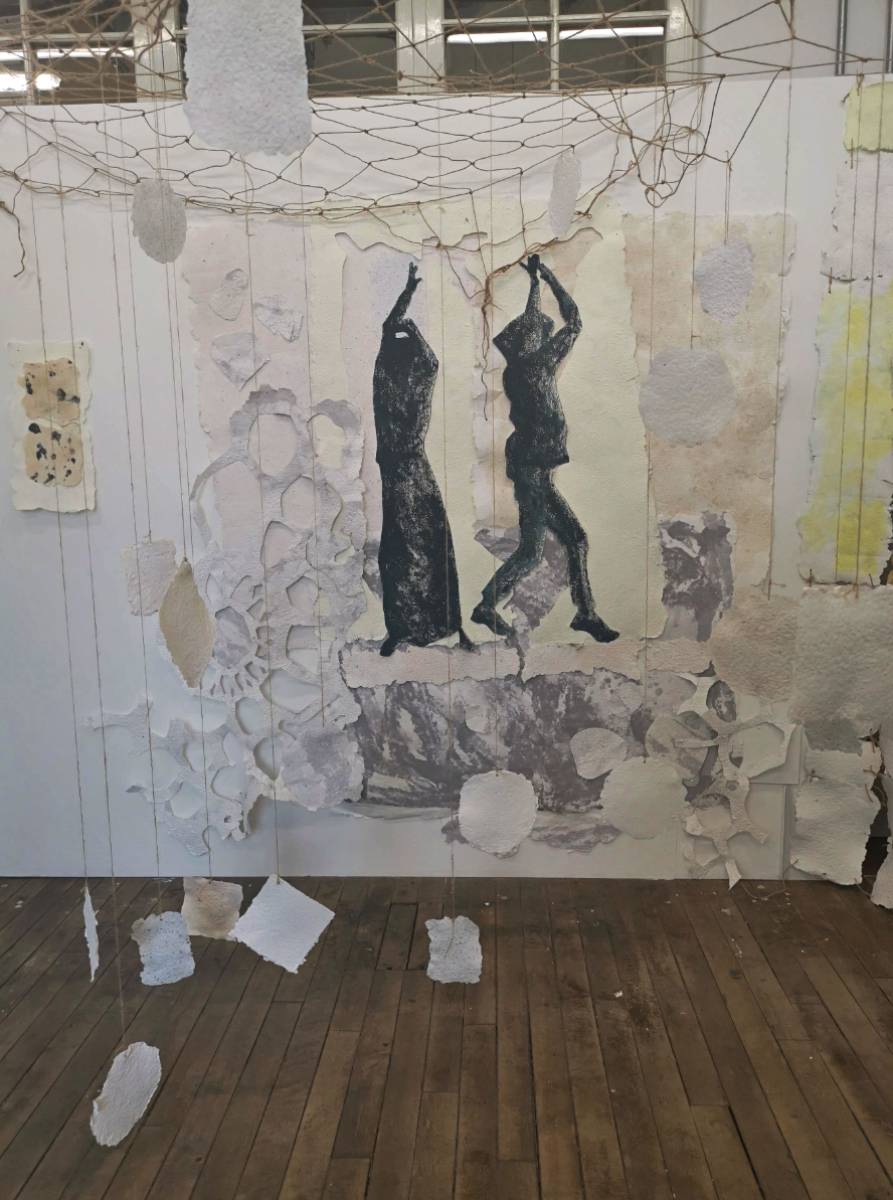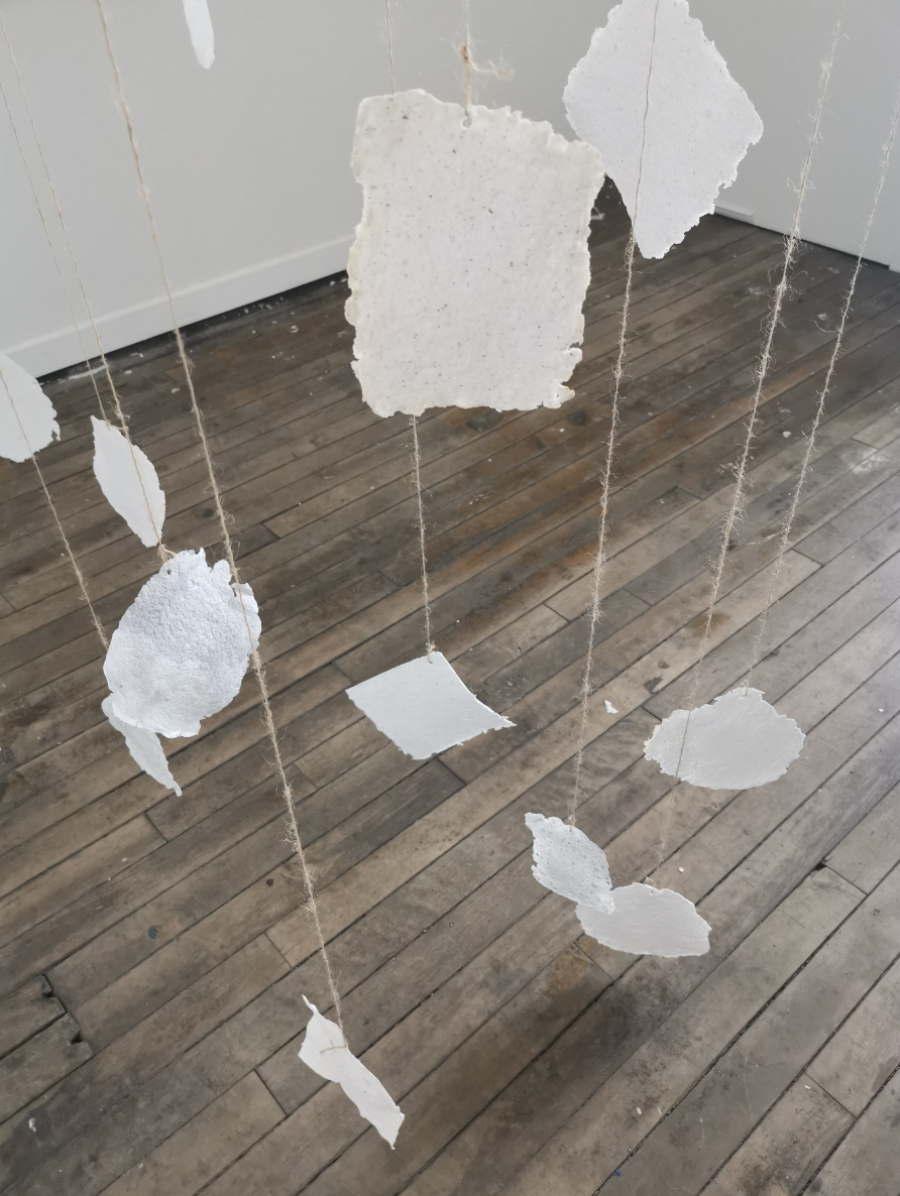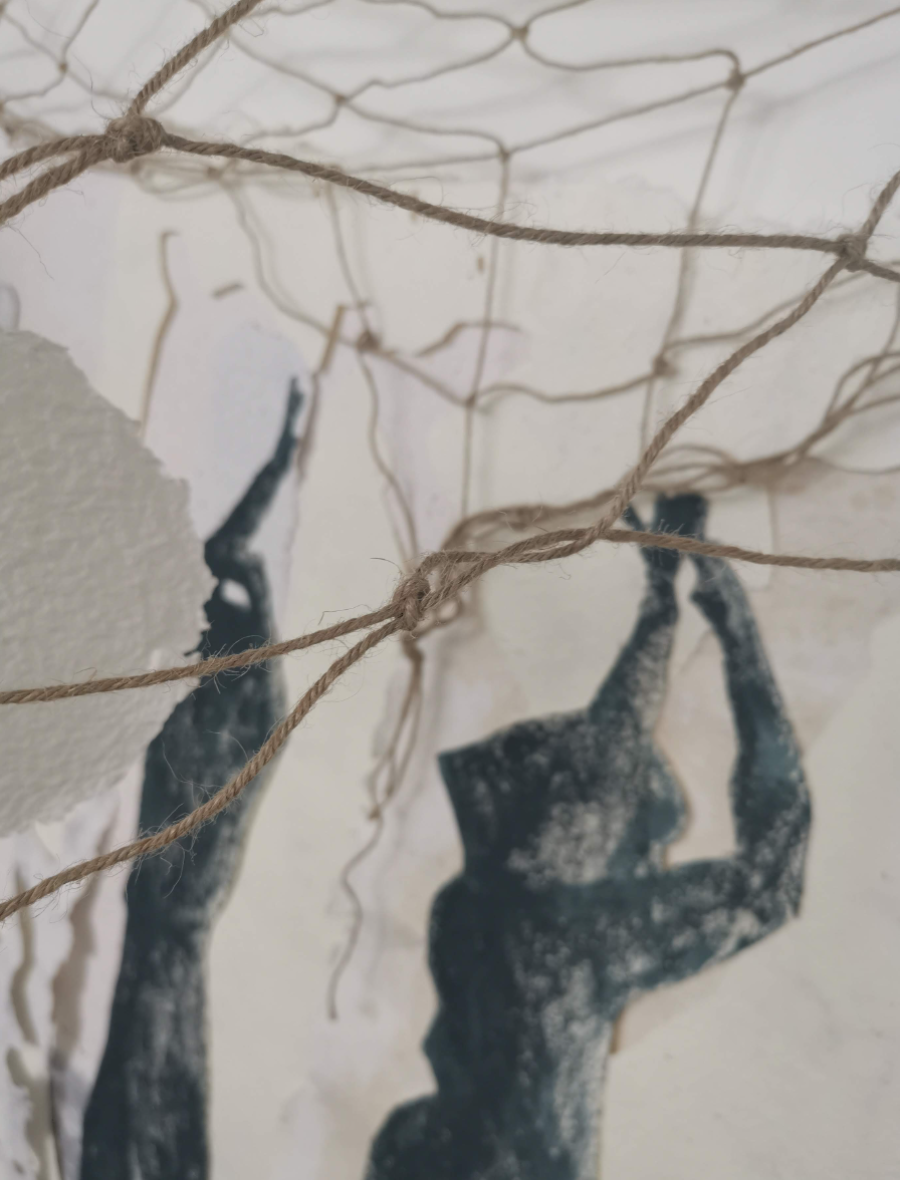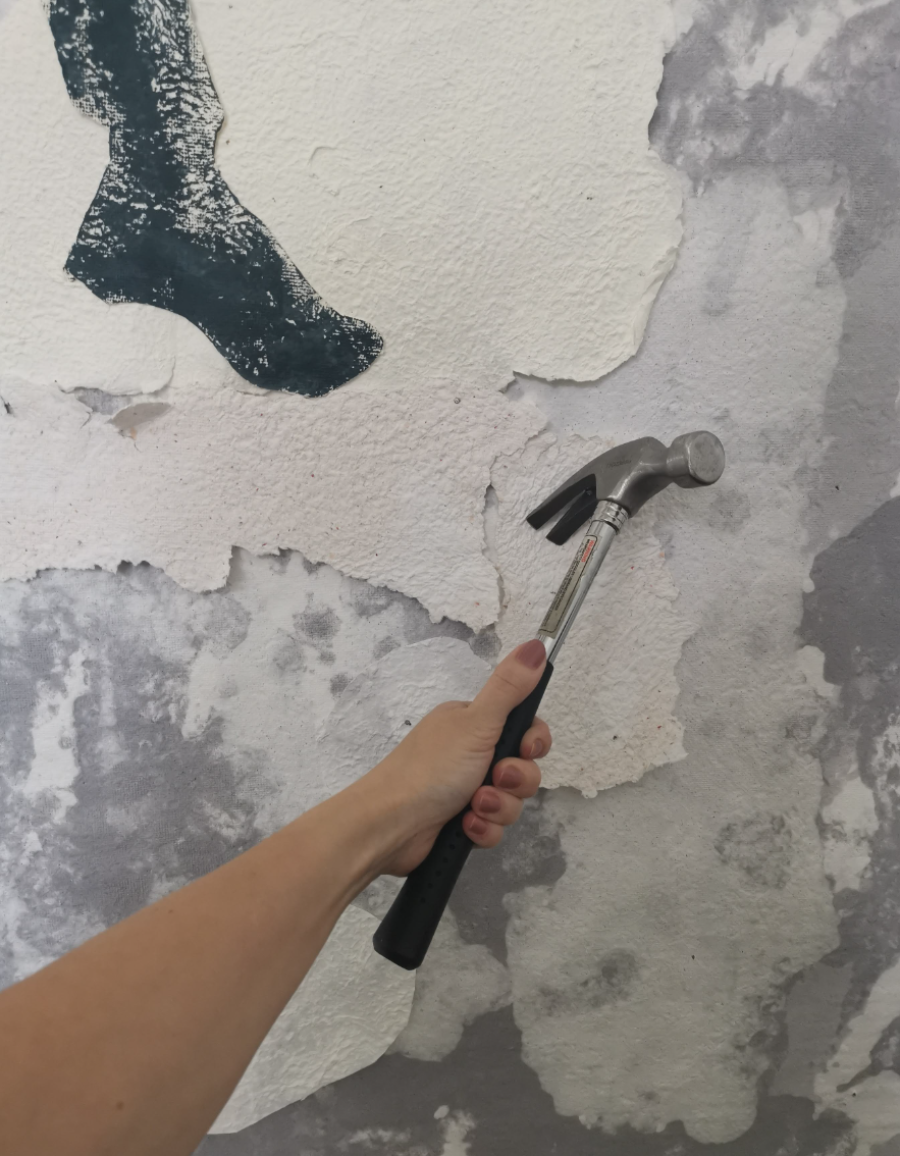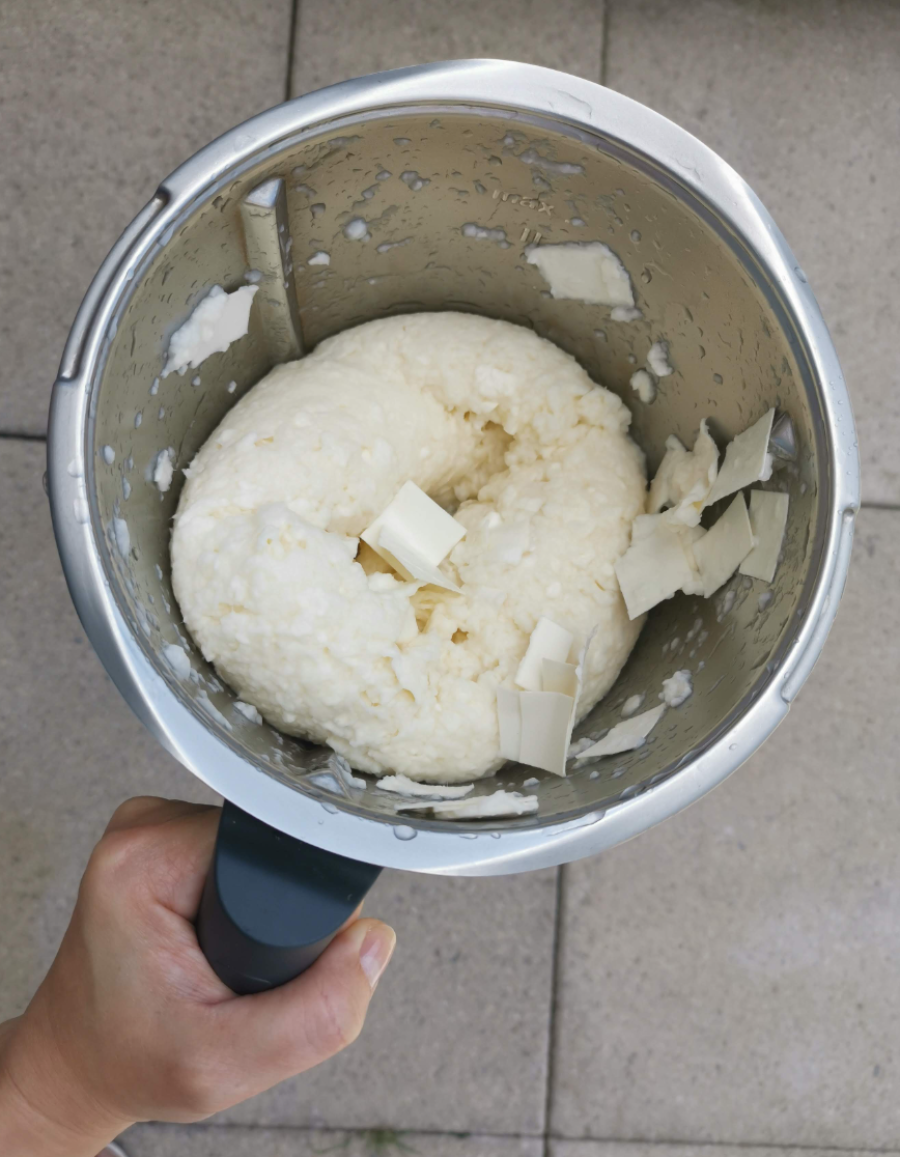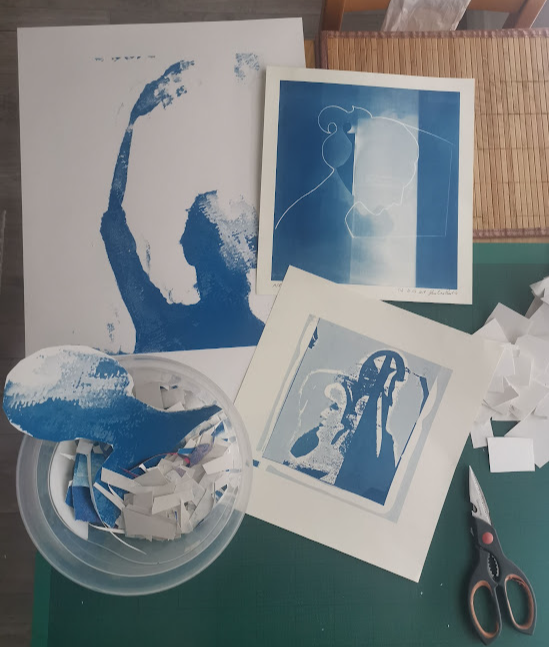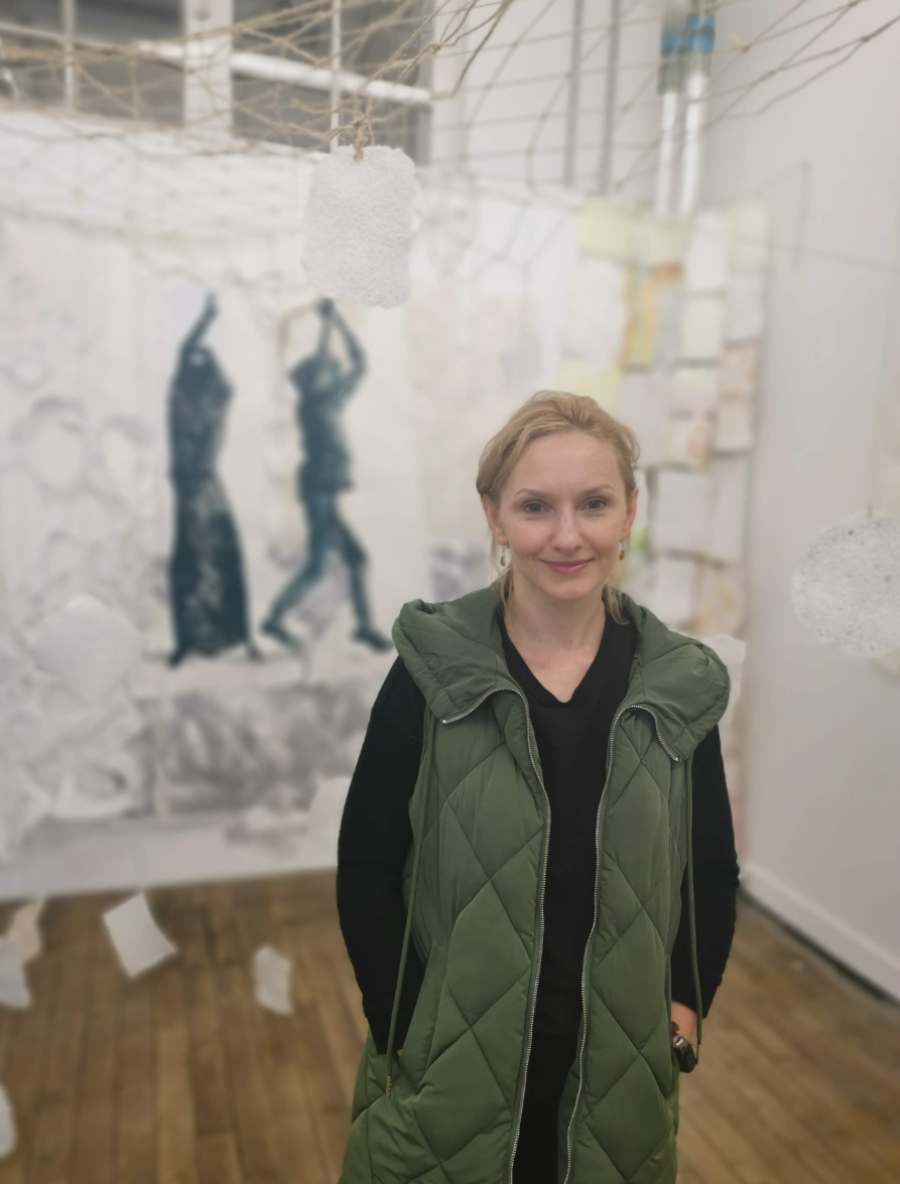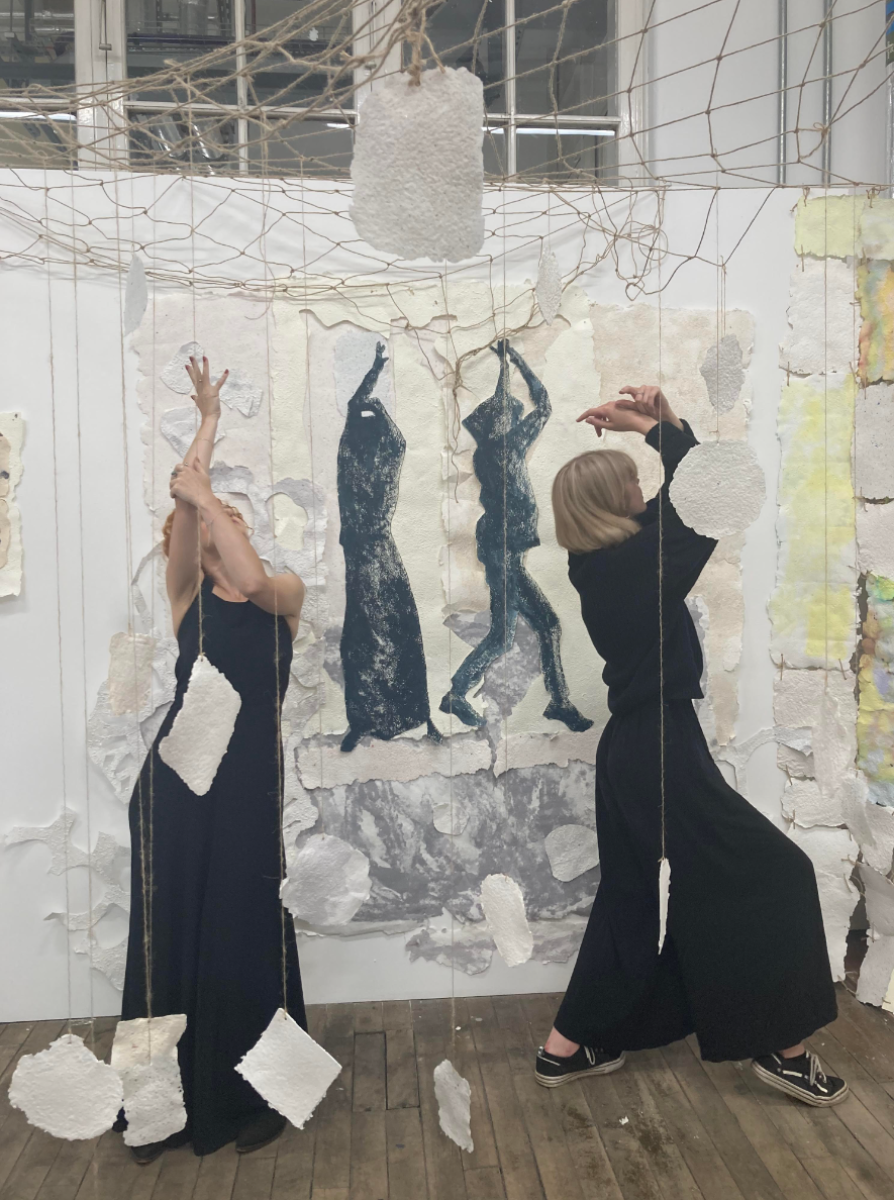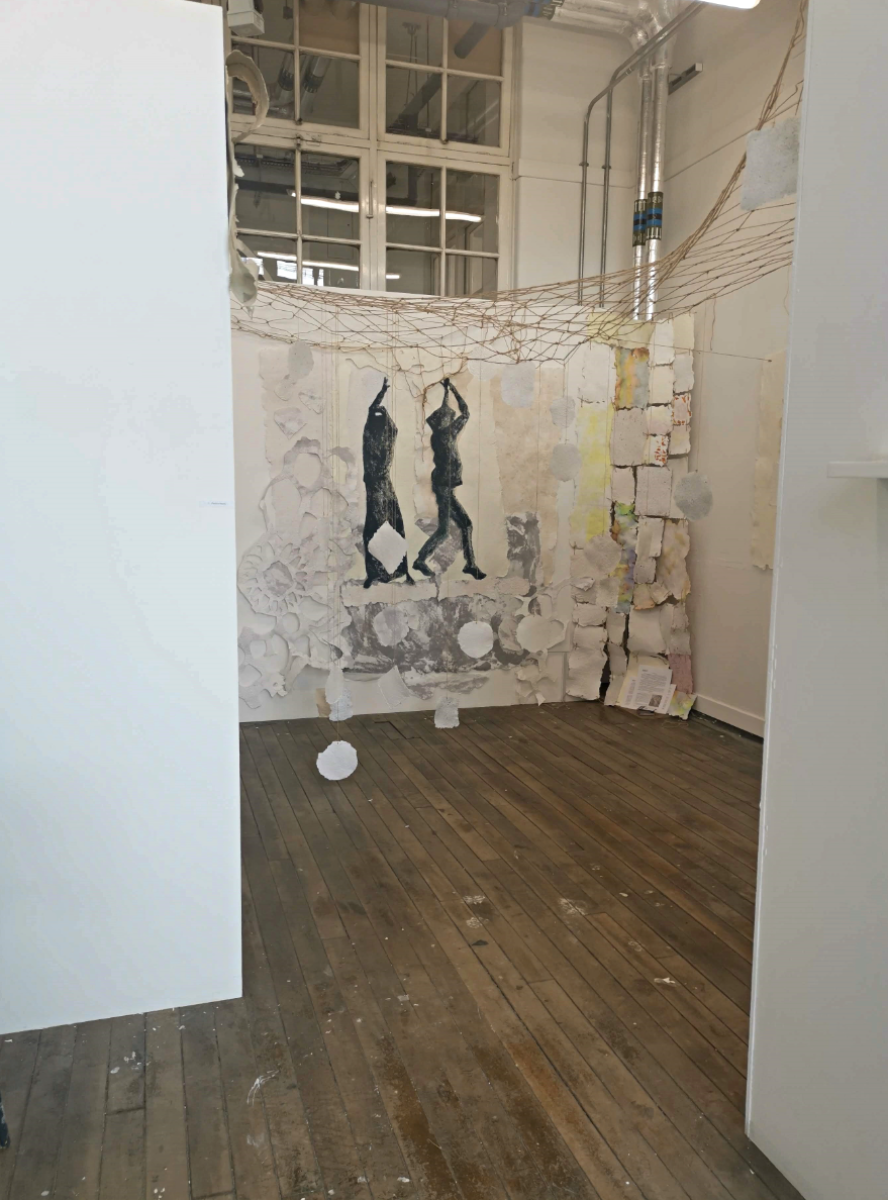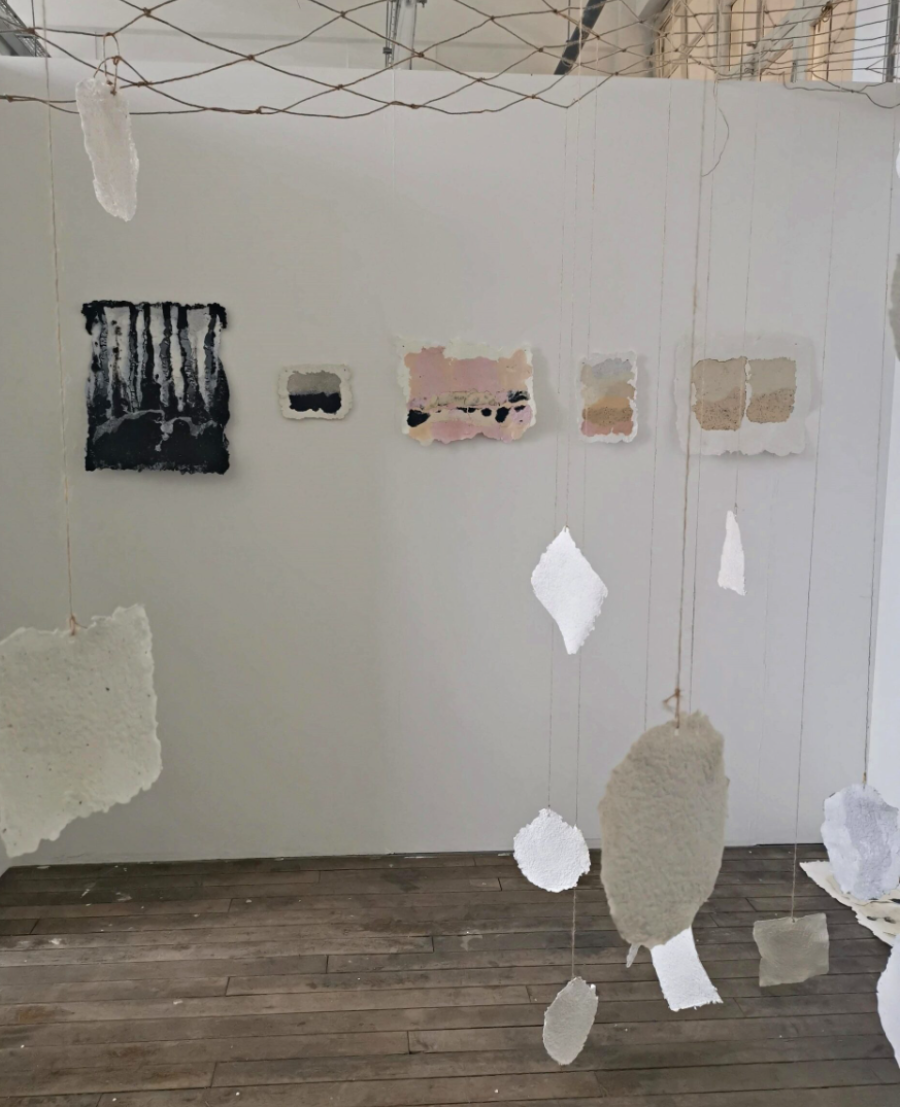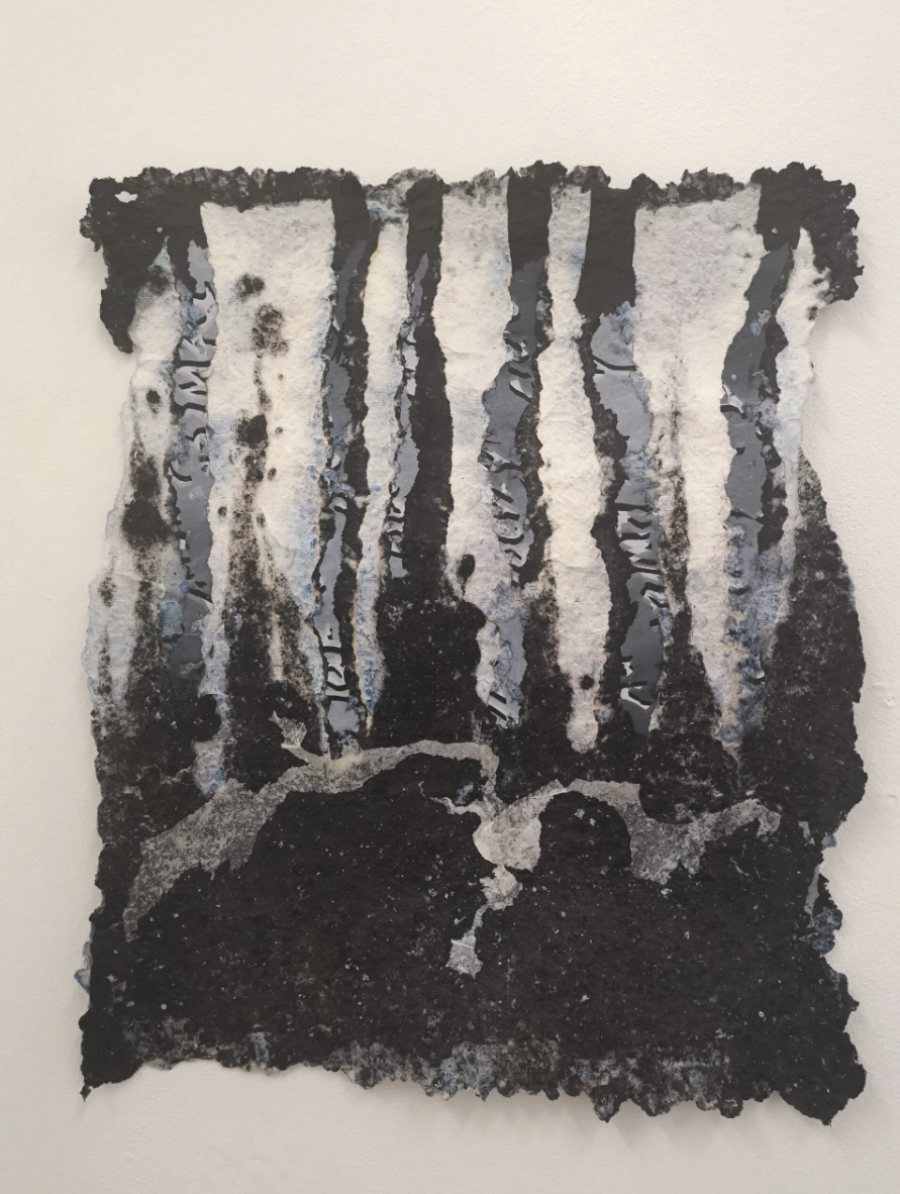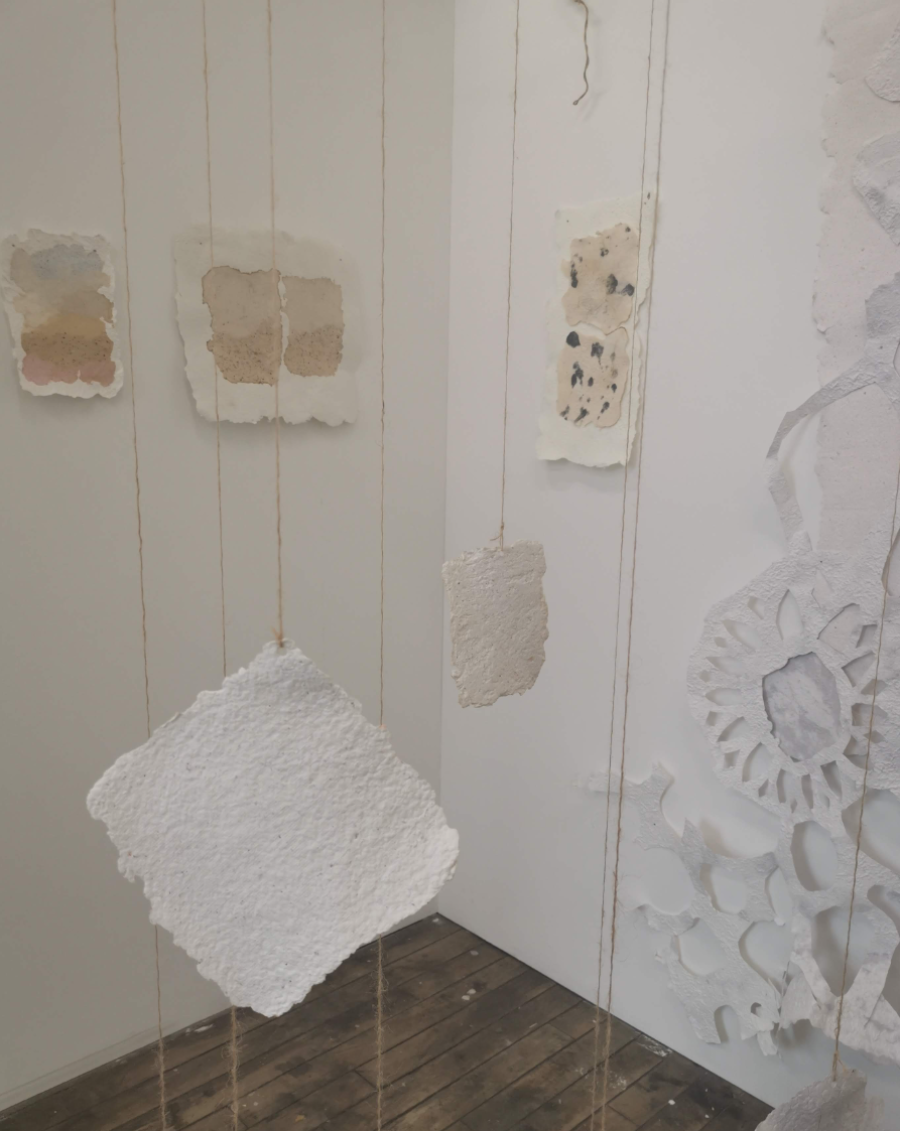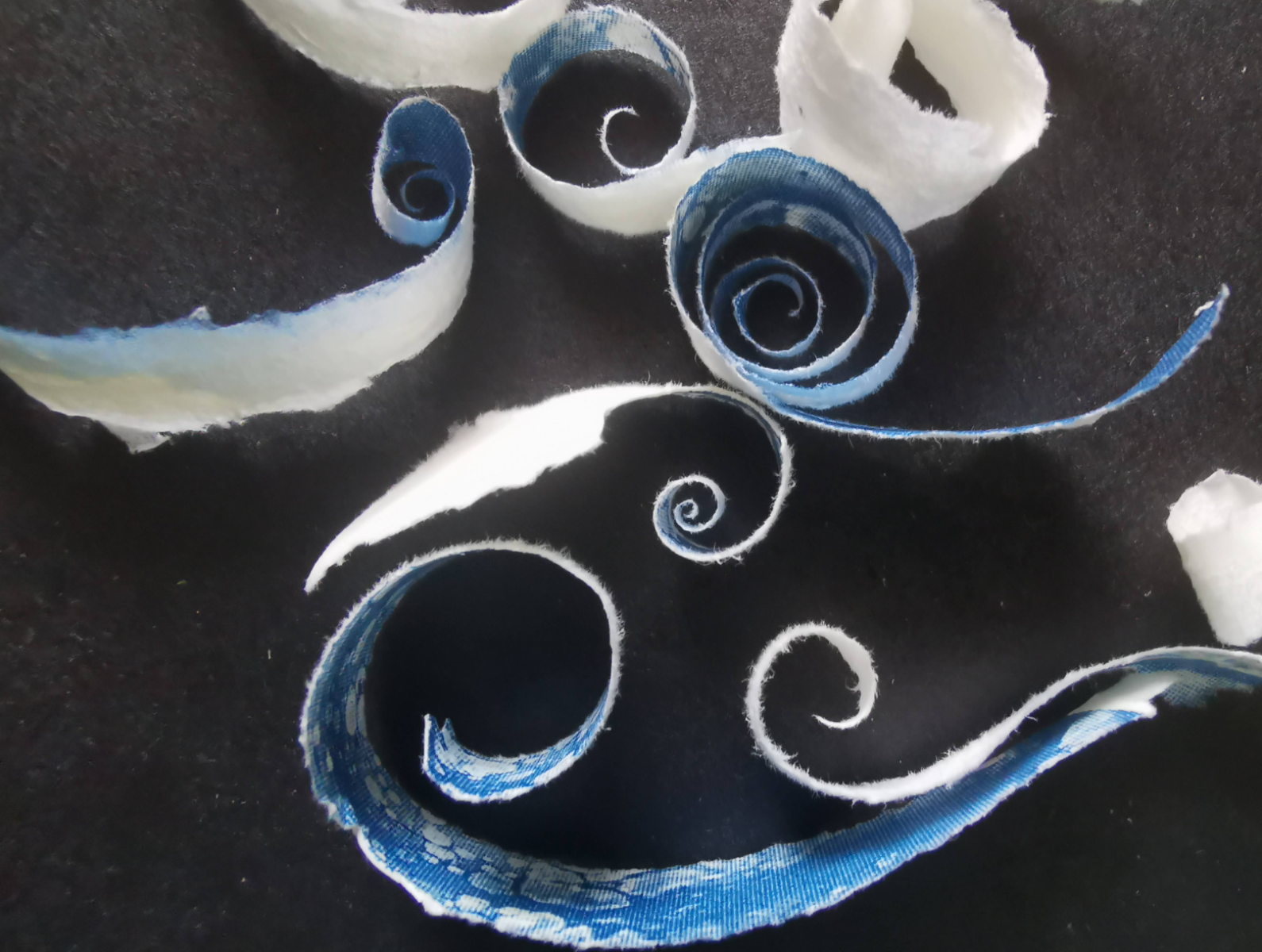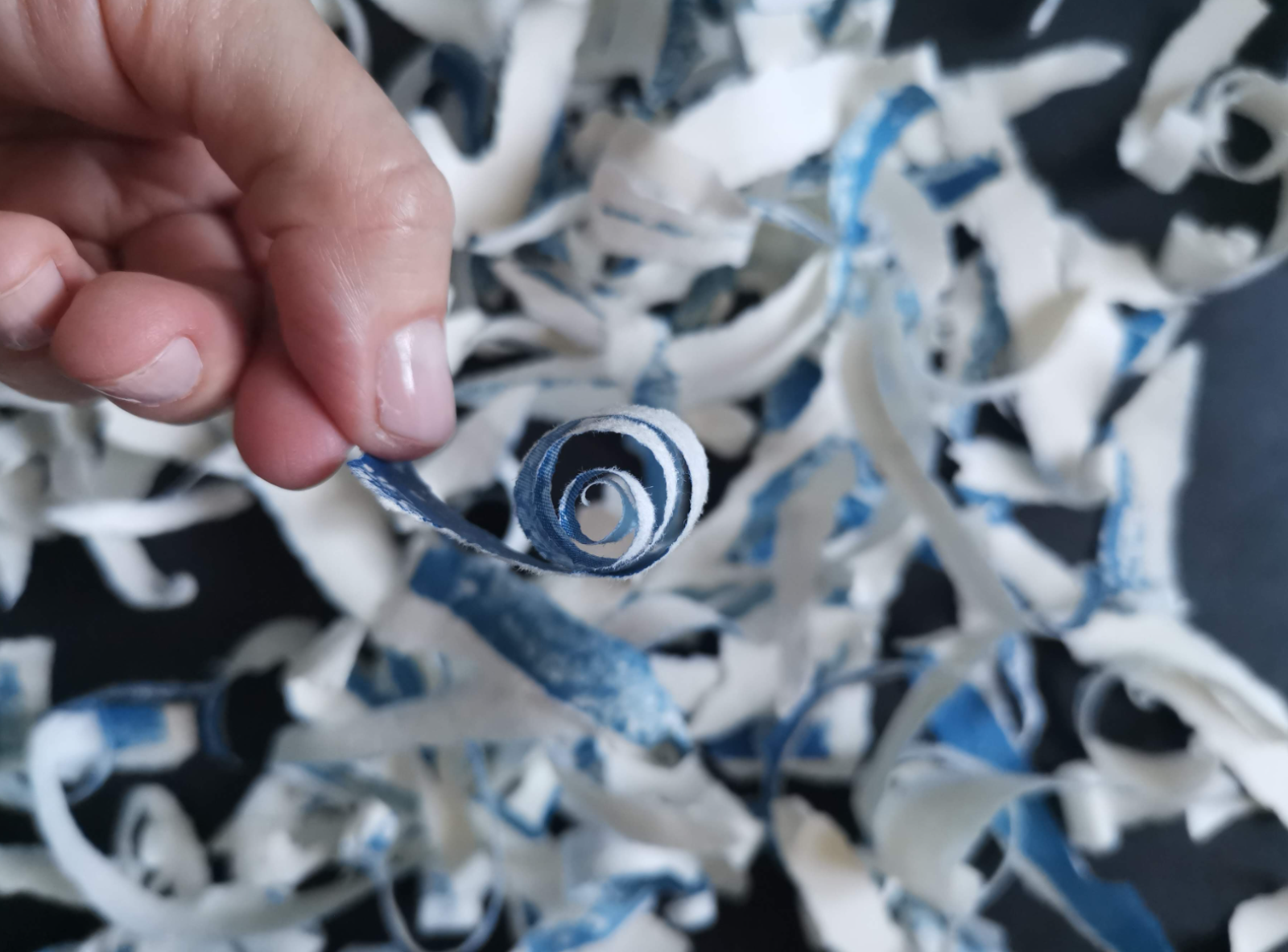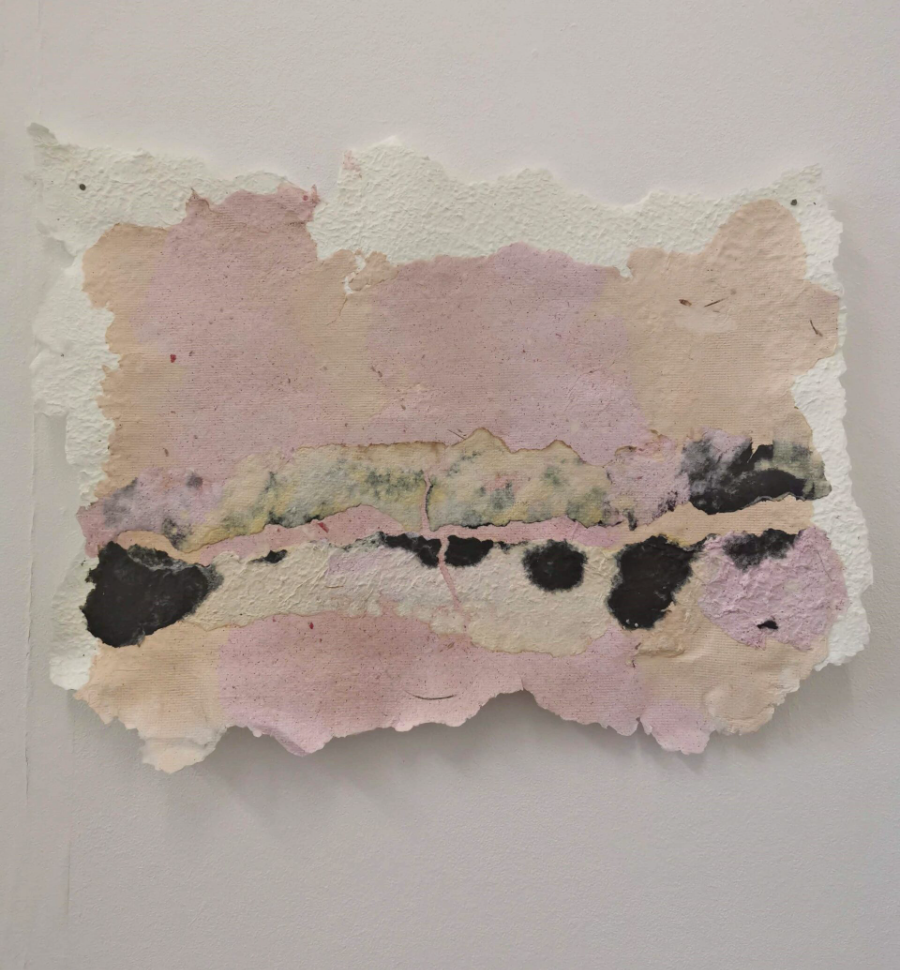Paulina Pawlik
MLitt Fine Art Practice- print media
Glasgow School of Art
Specialisms: Fine Art / Installation/Sculpture / Sustainable Design
Location: Glasgow, United Kingdom
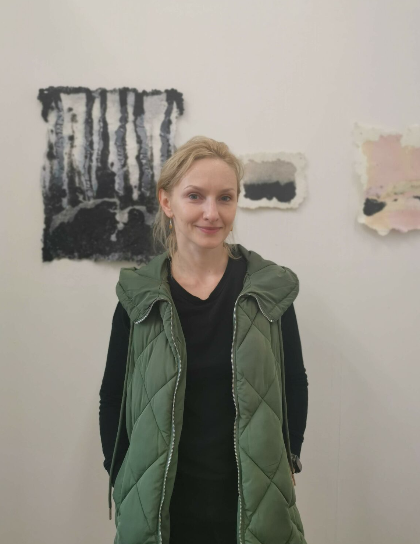

Paulina Pawlik

First Name: Paulina
Last Name: Pawlik
Specialisms: Fine Art / Installation/Sculpture / Sustainable Design
Sectors:
My Location: Glasgow, United Kingdom
University / College: Glasgow School of Art
Course / Program Title: MLitt Fine Art Practice- print media
About
Paulina Pawlik lives and works in Glasgow. Pawlik makes oil paintings, charcoal drawings, monoprints in screenprinting techniques, pulp painting and handmade paper installations, creating portraits and imaginary landscapes by combining land, sky and sea elements with her memories, feelings and imagination.
Her works centre on the basic theme of the human body and its need for nurturing and protection, primarily related to human emotional and spiritual needs. She focuses not only on creating an art object but re-creates emotions. She is tapping into events from her childhood and motherhood as a source of these emotions. Her works explore various themes, including the cycle of life and death, transience, change, transformation, sublime, spirituality, and creativity.
Recent exhibitions: 'Eye to Paper', Edinburgh Palette, Edinburgh (2023), 'Life Aquatic' on board Maid of Loch, Balloch (2023), 'Connected' Degree Show, Stow Building, GSA (2023), 'Strewn Taboos' Barnes Garage Space, GSA (2022).
For the exhibition 'Eye to Paper,' Pawlik created charcoal portraits where she transferred her emotions and memories into the conscious act of drawing.
The project 'The Life Aquatic' inspired by the water landscape, let her develop the theme of well-being, the value of different lifestyles, hidden depths and the unconscious, life flow.
On her degree show 'Connected', she displayed various collages and assemblages made from handmade paper and jute rope. She destroyed her prints and drawings and created new work from them to manifest the idea of the cyclical passing of both material and spiritual things.
Pawlik has been honing her skills in painting and printmaking for the past several years studying at the Glasgow School of Art (2019- 2022) and the Polish Academy of Fine Arts in Cracow (2011-2015). She took part in workshops in large-scale woodblock and etching at Glasgow Print Studio in 2018.
Before developing her artistic skills, she studied philosophy, which taught her to look at reality from different perspectives and analyse our perceptions and beliefs. For her, painting is also a way of learning about reality, a form of questioning. She is focused on the constant investigation, abstraction and development from objective source studies.
In my degree exhibition, "Connected", I displayed collages, pulp paintings and installations made of handmade paper and jute rope. I destroyed my prints and drawings from previous years of study to make new works. The process of making my paper let me manifest the idea of the cyclical passing of both material and spiritual things. This work was done when I was grieving after my father's death. I asked myself what to create when I felt so weak and empty. Paper is delicate and prone to destruction, but it is also durable and gives the never-ending possibilities of creating. I found destroying my works and creating my Paper Sanctuary therapeutic, sensual and meditative. Some of my drawings will never be seen again. There are emotions I can't feel anymore, but they are part of it. As an artist, I can build from what has been gathered. The papermaking process gave me a new perspective, which was a bridge in my thinking about being creative and responsible for my resources, methods and each work I've made and how my creative choices affect the environment.
Competitions

Global Design Graduate Show 2023
The installation 'Magdalenki' is part of my degree project 'Connected'. The main material I worked on was a paper I made from my old drawings and prints. I made it in various sizes, textures, weights and colours, leaving traces from previous works on them. I was focused on transformation and transience, stories about rebirth, fragility, and infinity. To create a new work, I was destroying the old one. It was a moment in my life when I lost my father. I didn't feel I could develop my previous ideas. I didn't know what direction I should take. Therefore, going back to resources, sorting and looking through old drawings and prints was, at the same time, a way to dig into the sources of creativity that I wanted to find in myself. I built this installation from handmade paper, rope net, and nails. I loosely attached the paper sheets to the wall, so the paper casts a shadow. Some of the pieces were cut in organic forms inspired by elements of nature. Some had the shape of mould and deckle on which they were made. All of it was connected to a jute net hanging above them, creating a ceiling. Hanging sheets of paper at different heights symbolises constant movement. The whiteness of paper meant pure thought or a potential place for creation. Ropes and a net suspended as a ceiling connected and bound everything. It is a work that can be expanded or minimized, or re-constructed. It is an installation in the process of its creation. The dancing figures were inspired by the performance of my sister and my friends at the Van Gogh Alive exhibition in Edinburgh in June 2022. Dance is a pure expression of body, vitality, and passion. It can be used as a metaphor for life. Their performance was a spontaneous response to the place, music, light, moment and atmosphere. I have included an echo of my girls' dance in this work because my work and their dance were unforced, unfinished, and impermanent. They came to my degree show and danced again.
Competitions

Global Design Graduate Show 2023
'A Landscape I don't Remember Anymore' is a series of collages, pulp paintings and paper sculpture forms. It's part of my project 'Connected'. I destroyed my prints and drawings from previous years of study to deconstruct and reconstruct imaginary landscapes and compositions. Initially, working on my degree project, I wanted to capture the stories about Scottish land and culture. What distinguishes the Scottish landscape from others is its humidity, rustling wind, romantic and foggy mountain peaks, always green forests, grey sky, shores of cold seas, and mirror surfaces of magnificent lakes. The beauty of nature is imaginative and delightful, and the Scottish landscape appears more mysterious, fantastic, and wild than other lands. In the first stage of the study, creating the prints, I usually worked within the confinements of surfaces with defined borders and edges. But the uniqueness of the Scottish landscape, with its rapidly and unpredictably changing weather, made me decide to depict it using the monotype technique, which let me expand free-flowing, intuitive and borderless compositions and mark-making. I continued this approach to composition in the process of papermaking. In my works, I wanted to capture my sensual fleeting moments of contact with nature. I was focused on the mood, surface shape, texture, and blurred contours between individual elements. I wanted to create a piece where the materiality of paper is in constant dialogue with the materiality of water, the wind, and the sunshine. I had let my pulp dry on the mesh loosely left on the grass in my garden till it dried, or I hung the mesh with pulp pressed to it on the wall to get the serpentine shapes. Making paper, I became more interested in forms and experiences that could exist outside of the realm of my hand and decision-making. I enjoyed the possibility of constructing something that would come into being in one moment and then completely dissolve, which is constantly happening in the physical world. What I liked about making the paper and creating pulp paintings was that despite the repetition of the process stages, there was a place for an element of chaos and surprise. The material qualities of paper and all stages of making: pouring, layering, and moving pulp on the mould reflect the quality of a moment, like an imprint of the particular day with all its shades and moods.
Competitions


